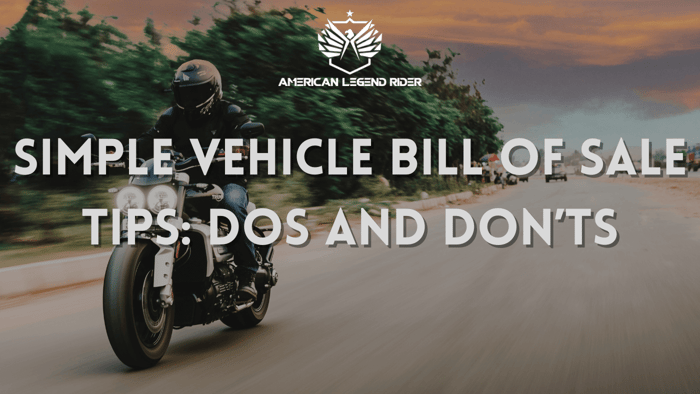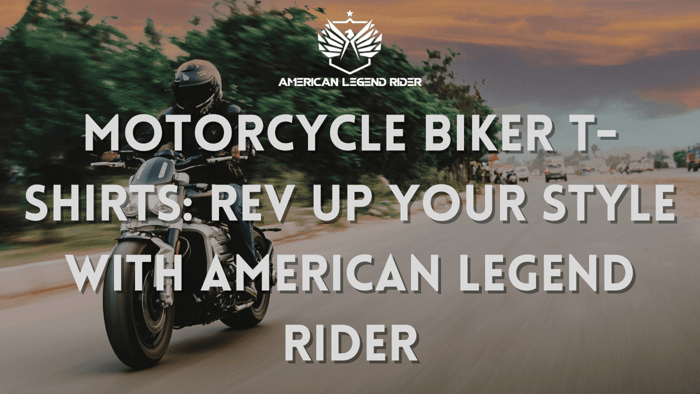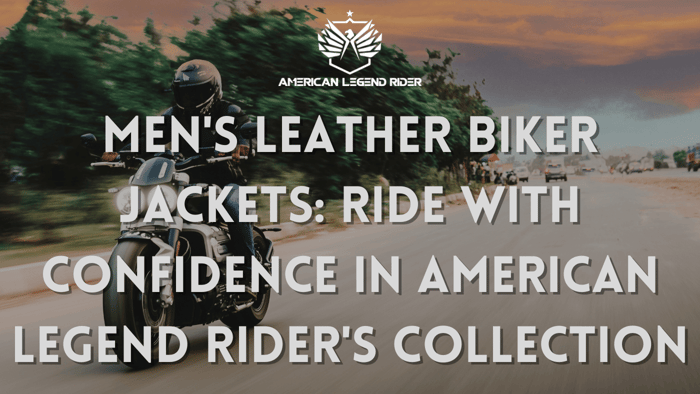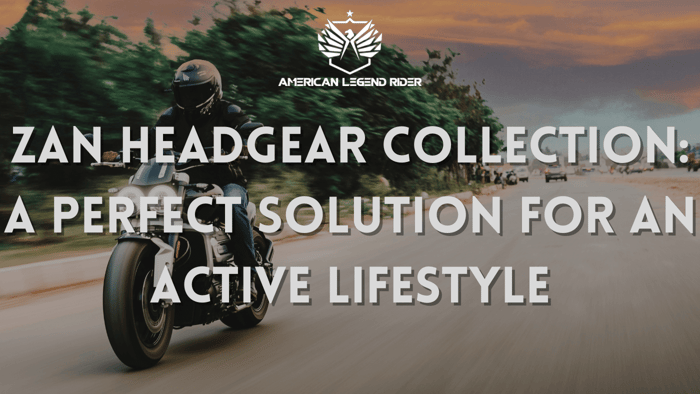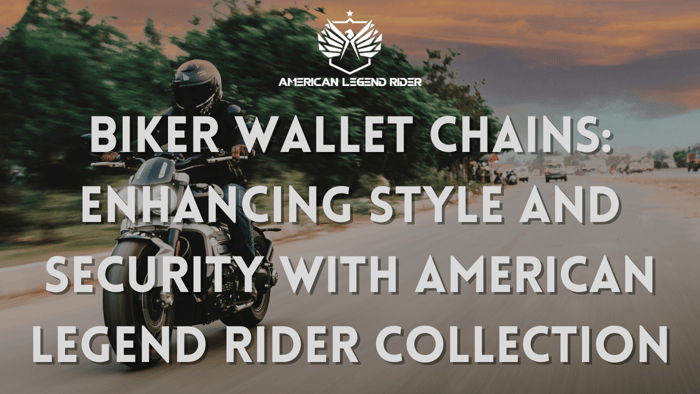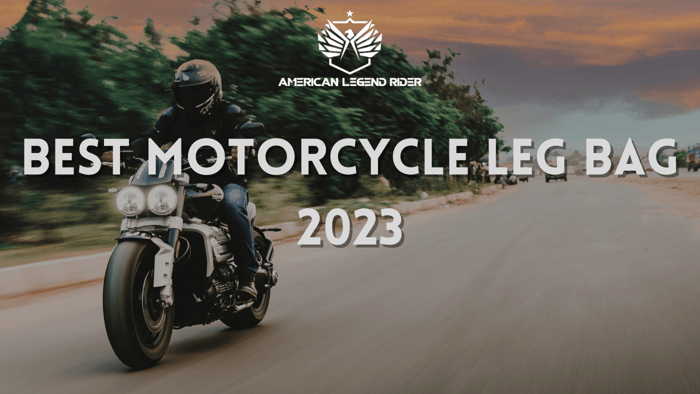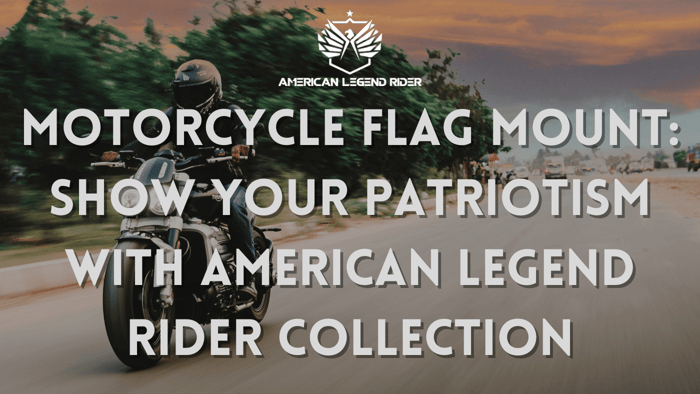Now that you have a motorcycle, it's important to remember that there are additional things you need to consider. Getting proper riding gear is essential for your safety and comfort. This includes a helmet, eye protection, gloves, jacket, and maintenance toolkits. The prices of these items vary widely, ranging from low-cost to high-end options. You have the flexibility to choose whether you want to stick to a budget and save money or invest in gear that will last longer. However, it's crucial not to compromise on the need for motorcycle gear, as they play a vital role in ensuring your rides are safe, comfortable, and enjoyable.
A helmet is particularly important as it protects you from injuries and bruises in case of accidents. Quality gear acts as a second layer of skin, providing maximum protection in the event of a fall. Additionally, your gear shields your skin from external elements such as sunlight, wind, insects, and debris. The right gear will also ensure your comfort regardless of the riding conditions and weather. Although there may be different price points for gear, it's worth noting that your life and well-being are more valuable than the cheapest option available.
It's not worth saving a few dollars if you can't rely on the gear when it matters. Therefore, prioritize quality when purchasing motorcycle gear. During your rides, you'll need a helmet, gloves, jacket, boots, and pants to ensure complete protection.
On average, the cost of acquiring medium-quality gear for these motorcycle essentials is around $1500. Although you may find cheaper options, they may not provide adequate protection. To prepare for buying gear, it's advisable to make a list of each type of gear you need along with their specifications. Then, carefully go through each item and select the best option based on your budget, without compromising on quality.
It's also important to consider the value of your motorcycle when determining how much to spend on gear. If your bike is worth over $7000, it's a bit problematic to only spend $70 on gear. While there's no rule against it, it's always recommended to complement a great bike with excellent gear.
Furthermore, you should take into account how long you plan to use the gear. If you expect to use it for 5 to 6 years, it's worthwhile to invest in the highest quality available. However, if you don't mind using the gear for a significantly shorter period, you can opt for a more affordable option.
HELMET

There are several options for motorcycle helmets, such as the full face, modular, open face, or half helmet. Full face and modular helmets offer complete protection of the face and chin in a crash.
Half helmets, on the other hand, might be DOT approved but offer almost no protection. As such, you should always prefer full-face or modular helmets. Unfortunately, even open-face helmets aren't always a good choice. They also do not offer any protection to the face and chin.
A high-quality full-face or modular helmet can go for as high as $1600. You can also get an elementary version without any extraneous fittings for as low as $75. On average, you can get something of medium quality for $250. Make sure you search for the DOT certification or SNELL safety rating in any helmet you buy. These ratings or certifications prove that the helmet has been tested and certified to keep you safe in the event of a crash. If your helmet doesn't have it, don't buy it.
These certifications can be found at the backside of the motorcycle helmet in the form of a sticker
You can add the kit to improve your helmet, a pin-lock system for preventing fogging, and a drop-down fighter pilot-style sun shield to keep the sun out of your eyes while you ride. In buying a helmet, make sure the colour you go for is brighter than the rest of your gear and the bike itself. The helmet is the highest and most visible point when riding. A lighter or bright-coloured helmet makes you more visible. Also, whatever you do, do not buy a second-hand helmet.
You don't know what it went through in its former user and what defects it might have before being put up for sale. Your helmet should also feel comfortable and snug on your head. It shouldn't move when you fasten it. It might feel tight initially, but that's how it's supposed to feel. With time, all helmets will get loose, so if you go for something more significant to avoid the initial tightness, you'll end up having something that keeps moving around on your head.
Usually, motorcycle riders spend between $80 to $450 on helmets. Beginners can spend between $200 to $300, while an experienced motorcycle rider spends between $400 to $750. Experienced riders say that once they move to higher quality helmets at a higher price, they can't go back to cheaper, lower quality options. In addition, cheaper helmets usually have poor ventilation, making riding in hot weather challenging. Your screen can also get foggy while breathing in cheaper helmets.
Expensive helmets, on the other hand, are typically lighter, have better noise reduction and ventilation.
Because they are more comfortable, riders feel less fatigue when using them, thus enhancing their road safety. It is recommended that helmets be replaced every five years for safety reasons. If you only ride occasionally, an entry-level helmet of $150 to $250 is a fair investment. If you're on a daily ride, be prepared to spend $450 to $750.
JACKET

Some motorcycle jackets have removable thermal linings and vents that can be unzipped. This way, they can be adapted for use in the winter to a summer jacket. A motorcycle jacket can go for as low as $138. It can also be gotten for cheaper but most likely, won't have any approved armor. When you go for cheap, you will be losing the latest technology on breathability and waterproofing. If you're willing to go extreme, a jacket for $2235 can come with a built-in airbag that senses a crash and automatically inflates, thus protecting your spine, collarbones, and torso. Jackets keep your clothes clean but also protect your arms and upper torso from scratches and bruises. Ventilation is needed in jackets, so you don't get hot during summer and spring. It should also offer good insulation so you can enjoy rides in the fall and winter. The jacket should also have reflective material so other road users can easily see you at night. Finally, look out for jackets that are made with heavy, thick and robust material. These types of jackets can endure more crashes before needing replacement.
It would help if you also looked out for the CE certification. CE means Conformite Europeene, a European certification. So if you see a jacket with CE inscribed on it, you can rest assured that it's worth the price tag. Also, look out for this certification if you're purchasing extra armour.
BOOTS

Motorcycle boots can range from $100 to $150. There are more expensive options, though, but you can get something of moderate quality within that range. Your chosen boots should fit securely and guard against heat-related injuries. They should also be wearer friendly, easy to put on and off, and comfortable walking in. The soles should be slip-resistant and water-resistant. Without motorcycle boots, your feet can suffer grave injury in the event of an accident. That's why you should go for boots that offer ample ankle protection.
Some boots come with removable reinforcements for the toes, heels and other areas prone to wearing out. With these replacements, you don't need to buy a new pair of boots, as you can change the reinforcements when they wear out. To test if a preferred boot will protect your feet adequately, grab the toe end with one hand and the heel end with the other hand. Then, twist both sides in opposite directions as hard as you can.
If the boot retains its shape, then your feet will be safe. If it doesn't, try another equally good pair.
GLOVES

In an accident, the first part of the body that usually makes contact with the pavement is the hands. To protect them from the hard surface, you need motorcycle riding gloves. Motorcycle gloves can be leather or fabric. They can also come as full or half gauntlet designs. Gauntlet here refers to the extent to which the gloves extend beyond the wrist. A full gauntlet glove will overlap your jacket sleeve to give enhanced protection. Gloves cost between $5 to $60.
PANTS
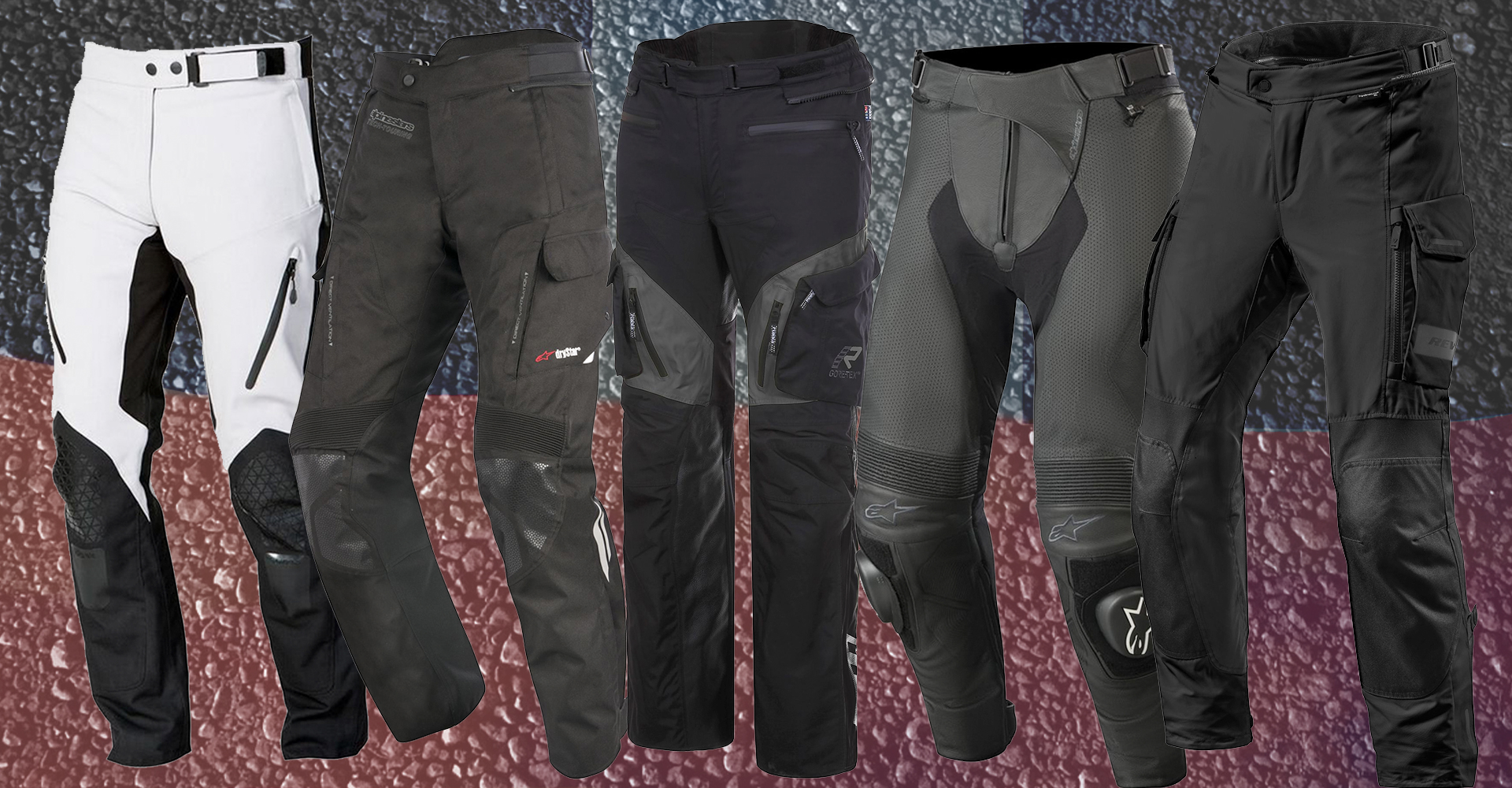
When we say pants, we're not referring to your regular jeans. These cannot protect you in the event of an accident. Motorcycle pants are made from a robust and non-abrasive material, like jackets and gloves. They can be made from leather or textiles such as Cordura, which is highly resistant to abrasion like other textile gear. Riding pants will also feature armor on the hips and knees while feeling fit and comfortable. On the low end, they can cost $100 and $200 on the high end.
